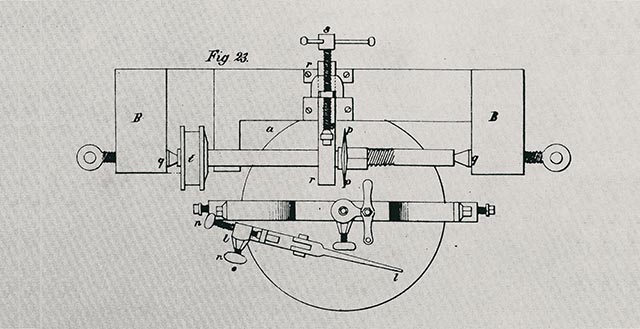
Division of Labour and Ingenious Tools – Key to Success
The first wooden clocks of the Black Forest appeared around 1650. As from about 1720, manufacturing also became economically significant. In the southern Black Forest, about the year 1800, roughly 100,000 clocks were manufactured annually.
In 1700 it would still take a clockmaker one week to make a clock; however, in 1780 the same clockmaker would be making as many as six such clocks per week. The increase in production was due to the use of simple machinery and the division of labour. Along with the clockmakers, ancillary workshops for wheels, frames, chimes, etc. emerged.
Although the clock movements were very similar in structure, the components of one movement did not fit onto a different one. Each workshop had its own prototypes and each completed movement was one of a kind.